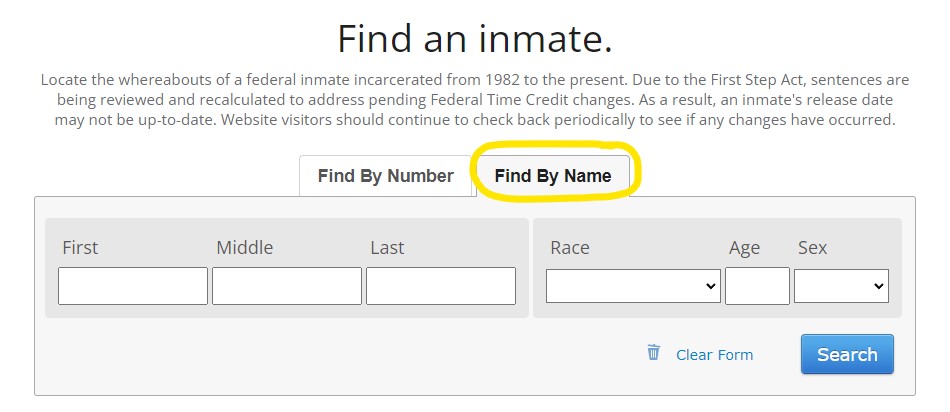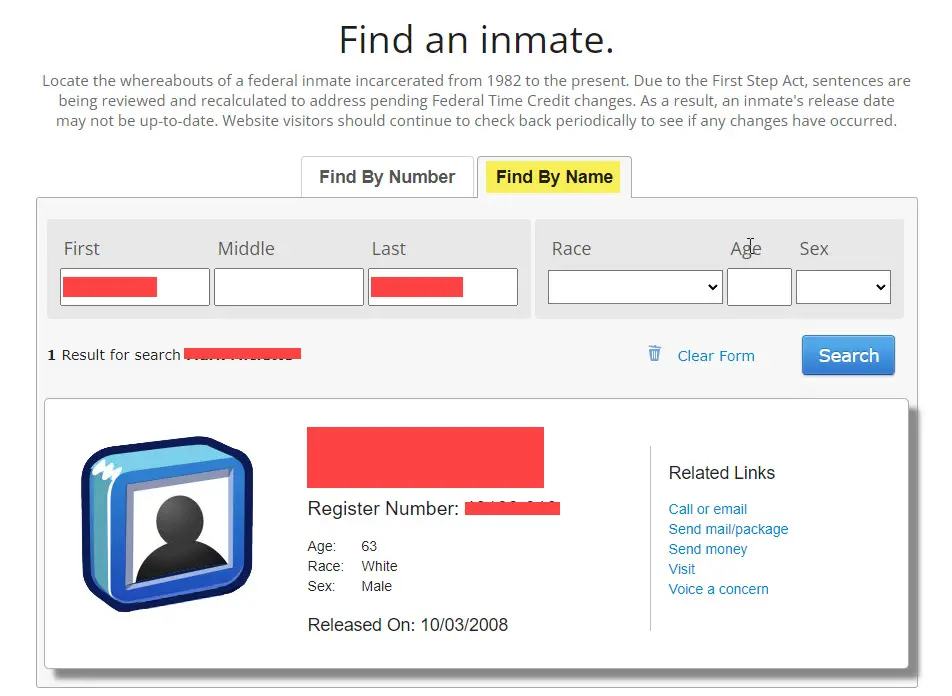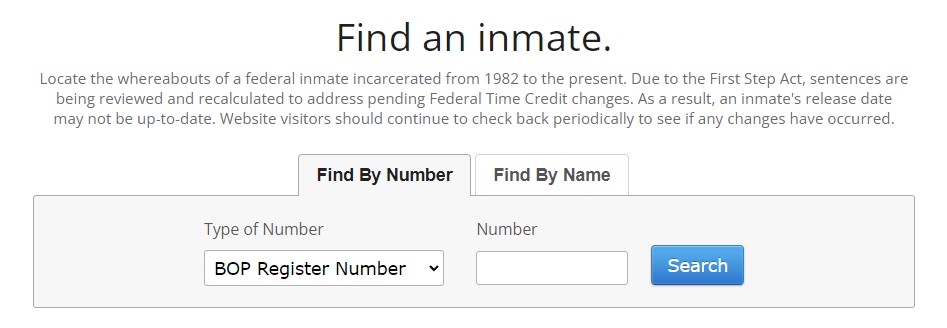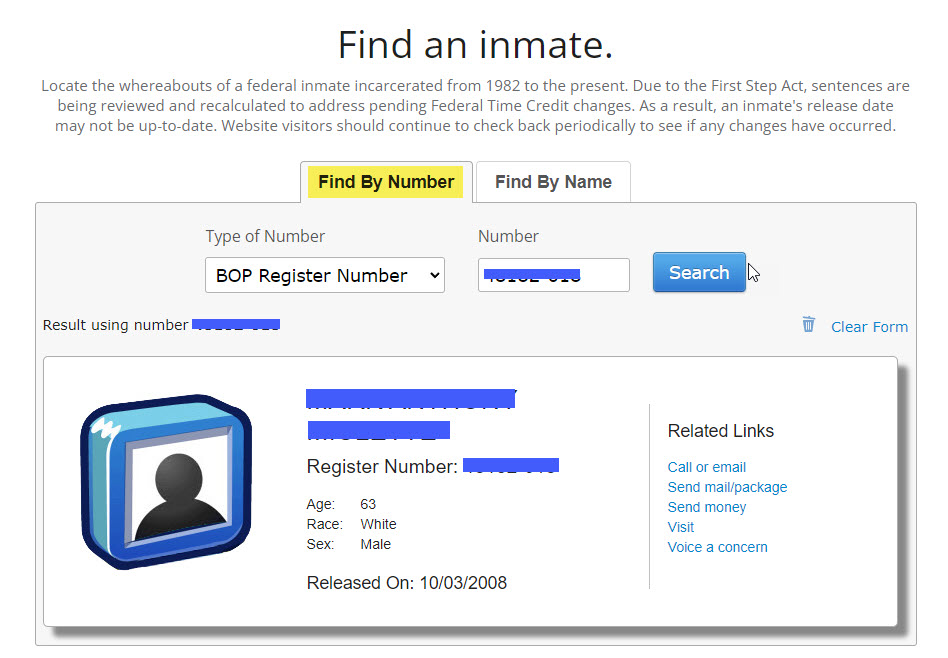
The Florida Department of Corrections maintains a searchable public database of all of the inmates they have in custody.
The prison that an inmate is assigned to depends on factors such as security classification, remaining time of their sentence, gang affiliation, and location of their residence.
Florida's first prison with the Department of Corrections was established in 1838. Florida has 143 facilities statewide, including 50 correctional institutions, seven private partner facilities, 16 annexes, 33 work camps, three re-entry centers, 12 FDC operated work release centers, 18 private work release centers, two road prisons, one forestry camp and one basic training camp.
The number of inmates in custody fluctuates, however as of the end of 2023, they number just under 80,000, with 291 inmates on death row, overseen by 24,000 staff.
There are almost 150,000 more on parole and supervised release.
The following will explain the instructions, tricks and hacks you can use to find any inmate in custody with the Florida Department of Corrections.
The Florida DOC provides every bit of information you want to know about any inmate in their system.
To look up an inmate, you don't even need to know the spelling of their name.
THE ABOVE MENTIONED OPTIONS WILL ONLY APPEAR IF YOU ENTER A COMMON NAME, OR A PARTIAL NAME WHEN THERE ARE MULTIPLE RESULTS.
SEE BOTH IMAGES BELOW.
The Florida Department of Corrections refers to 'good time' sentence credits as ‘gain time’. Gain Time provides an opportunity for an inmate to receive a reduction in their overall sentence that was imposed by the court. Its purpose is to encourage positive inmate behavior while using positive programming and work participation.
Under the “incentive gain time” an inmate is required to serve 85% of the sentence that was imposed. The satisfaction of the 85% includes the time served in county jail as credited by the sentencing court.
Under the “incentive gain time”, inmates are eligible for earning up to 10 days per month of incentive gain time. Gain time can be earned up to the release date reaching the 85% of the imposed sentence, after which they wouldn't be allowed any further gain time.
Inmates who have a life sentence or a specific mandatory minimum sentence don't qualify for gain time. Just as gain time can be awarded to inmates for satisfactory behavior, it can also be forfeited or withheld from the court.
The Prison Release Reoffender Punishment Act is one an inmate does not want. If an inmate commits a specific offense within three years of their first release, they will not be granted any gain time. The defendant will be responsible for serving 100% of their new sentence.
Examples of the offenses are as follows:

The Bureau of Prisons Inmate Locator includes inmates that are not only in custody, but who have been in custody and have been released (or who died in custody) since 1982.
For inmates in custody prior to 1982, visit the National Archives Records Administration and provide the following information:
Searching by Name

Searching by Name Results

Searching by Number

Searching by Number Result

Things to Know About Federal Inmate Search Results
When someone that is not a US Citizen gets arrested in the United States, and they are here illegally, depending on what state or city they are arrested in, the person may be turned over to ICE.
Many states such as New York and California, as well as hundreds of US cities, have declared themselves 'sanctuary cities' and do not turn over foreigners here illegally, even if they are committing crimes in their jurisdiction.
However, when an alien here illegally is turned over to ICE, and sent to one of the over 100 Immigration Detention Centers in the United States, the only way to try and locate where they are being detained is using the Online Detainee Locator System.
You can look them up using their assigned A-Number.
You can also try and look them up by using their name.